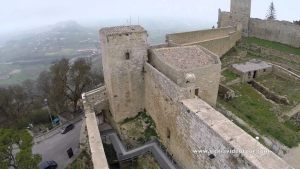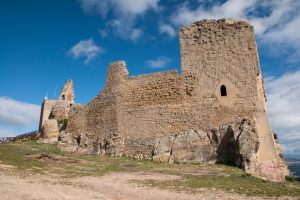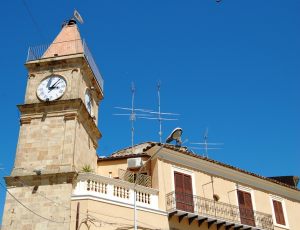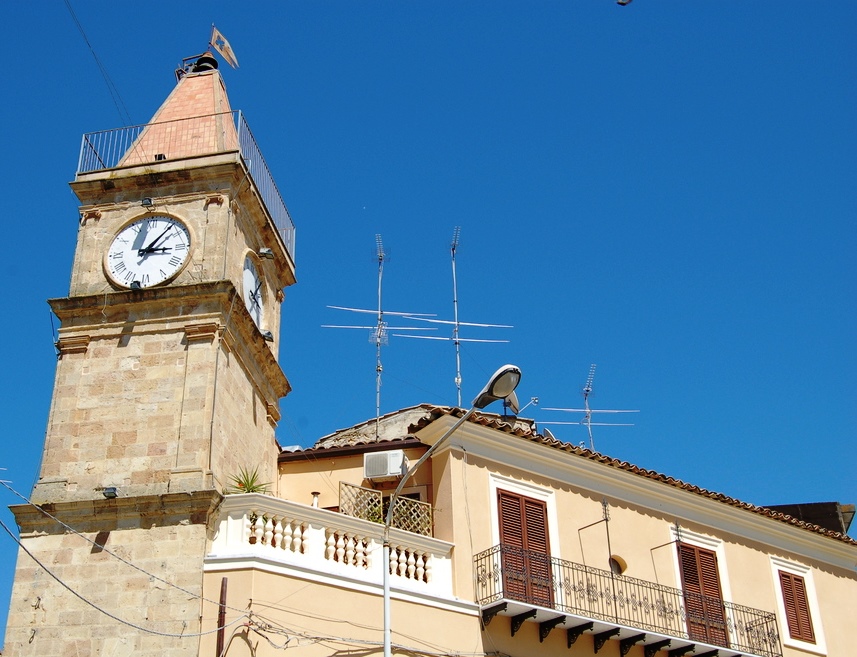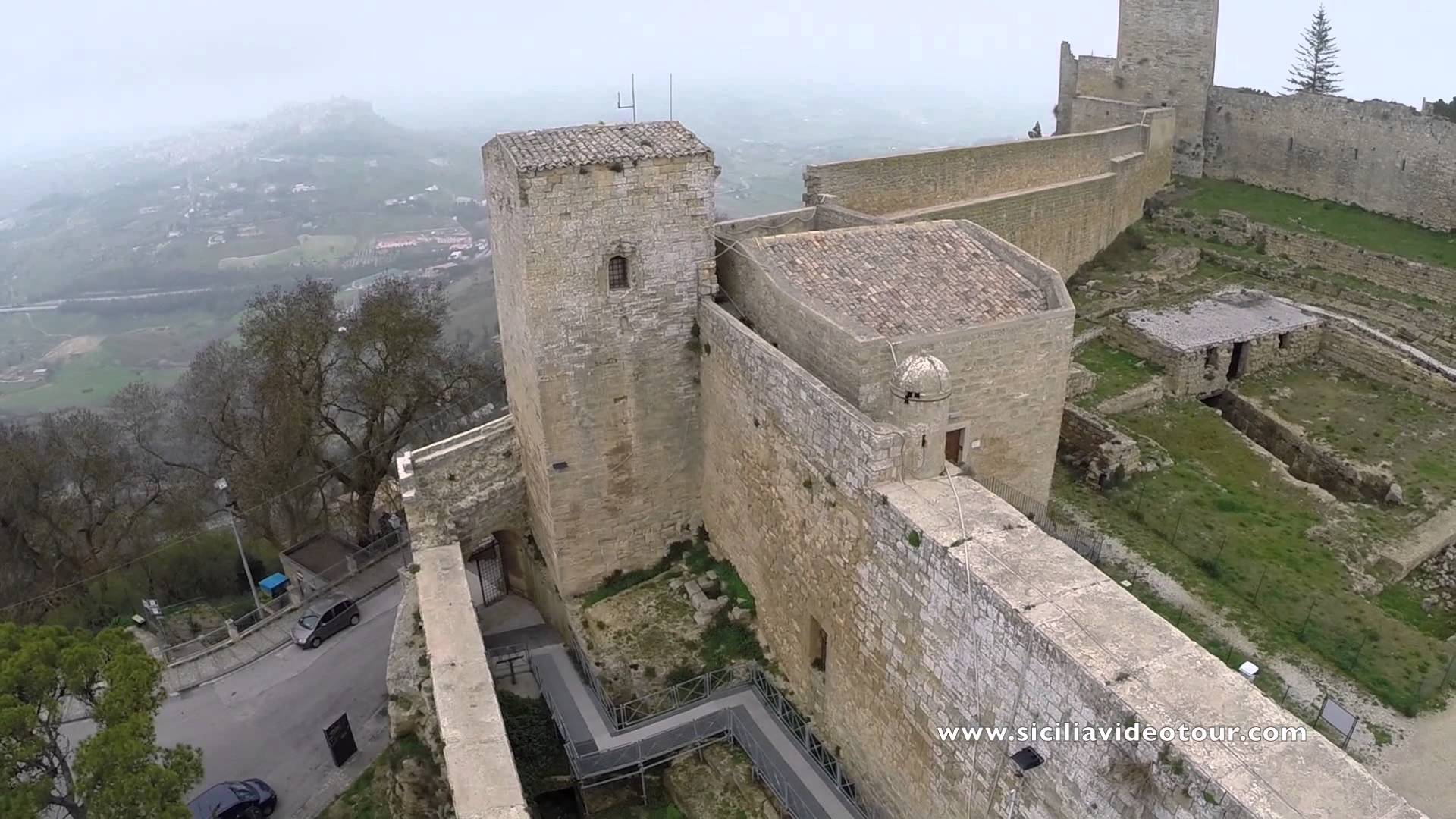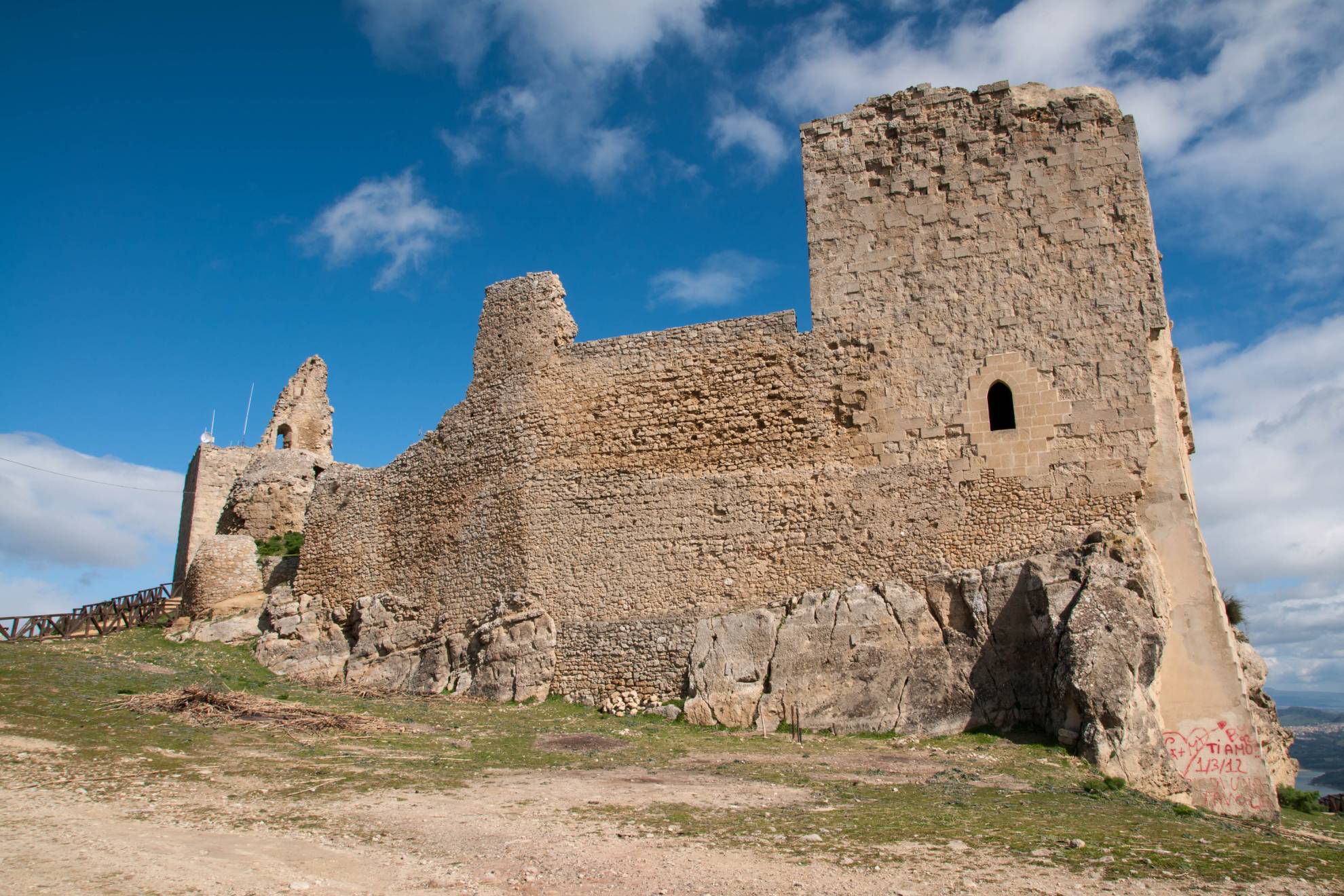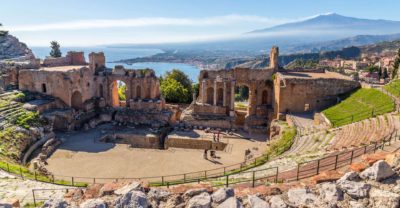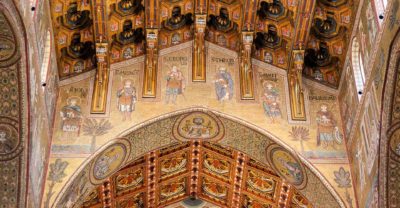Towers and Castles
Enna
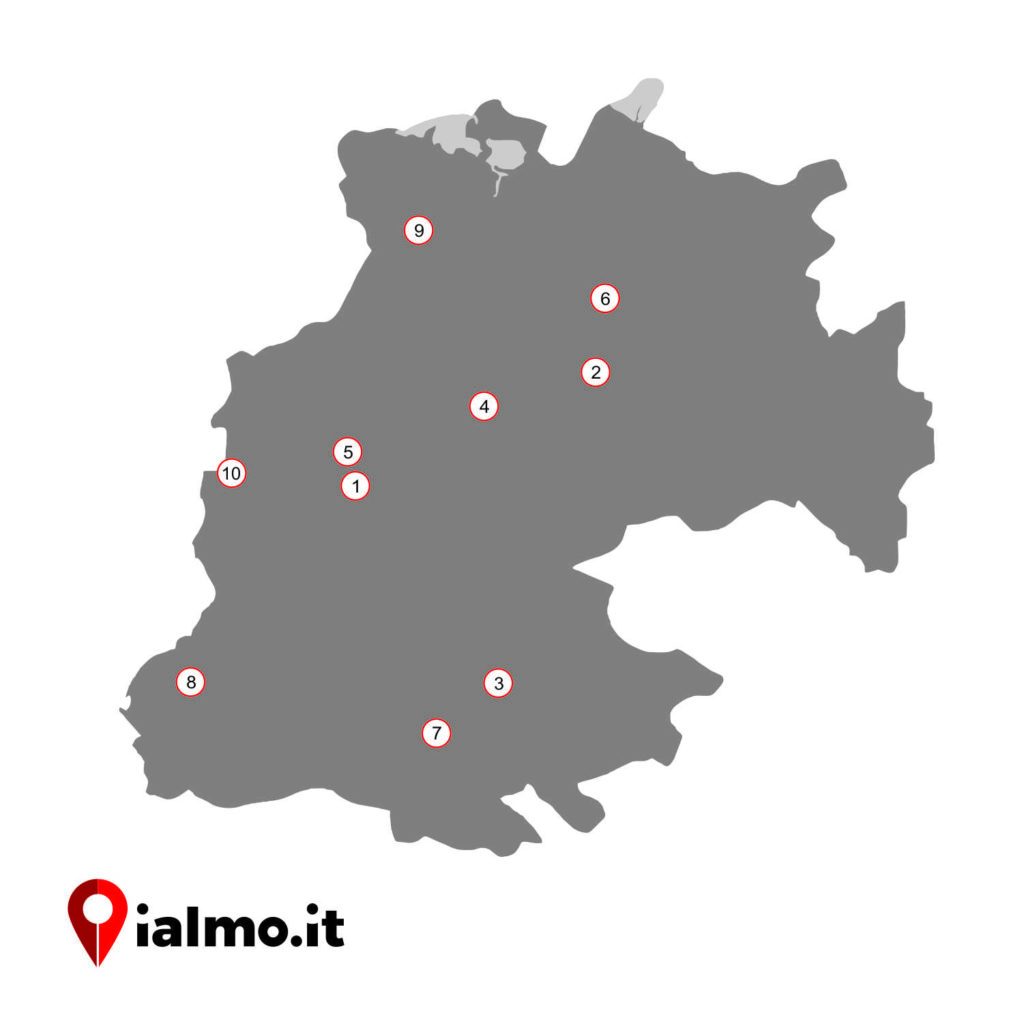
Castello di Lombardia, Enna: from the Swabian period, the Castle stands where, in the fifth century BC, there was a sanctuary dedicated to Ceres. Replaced by a castrum under the Byzantines, in the Norman era it became a castle. The name derives from the Lombard infantry who occupied it following the queen Adelaide of Monferrato, wife of Roger I of Sicily. The main attraction of the Castle is the so-called Torre Pisana, one of the best preserved of the old Castle. Another important building in Enna is the Tower of Frederick II, a defense tower from whose top you can wander with the gaze on the whole upper city and the valleys below up to Mount Etna. The Tower dates back to the thirteenth century and was built by the will of Emperor Frederick II on the probable remains of the Greek theater. Its octagonal shape, which follows the eastern model of the sacred Temple of Jerusalem, suggests that it was used for the wind rose.
Agira Castle, Agira: According to local historians the origins of the Agira Castle (also known as Saracen Castle or San Filippo D’Argirò Castle) date back to the Islamic era even if recent studies show the existence of fortifications on the site already starting from the ancient age. With regard to the actual Castle, the building’s own elements of the Swabian fortresses have also been identified, even if no precise date has yet been determined. In any case, the most conspicuous remains that remain today of the Castle of Agira are the lower walls that surrounded with an irregular perimeter the top of the mountain and the two towers that are on the west side. The first tower has a rectangular trapezium plan and has been preserved for a single elevation over the ground floor while the second tower has an almost square plan and has only one compartment covered by a barrel vault.
Of great interest is the “Castellaccio” from the Middle Ages around which the town developed and which owes its name to the state of neglect it has been in since the earthquake of the late seventeenth century. The construction dates back to the eleventh century (Norman era) but was perhaps preceded by a Saracen fortification. The Castle of Pietratagliata, of medieval origin, stood strategically along the road that connected Morgantina and the ancient cities of the interior with those of the east coast. The structure includes a large ground floor, used as warehouses and stables, and a first floor accessible by a masonry ladder. There is a high full tower, visible even at great distances. The Adelasia Tower was in the past one of the most important defense towers of the village. The original plan, from the Norman period, preserves the lower floor with an ogival portal and, inside, the cross vault, the lateral portal in limestone and the majestic apse. Over the centuries it has undergone many alterations and overlapping in different styles and today constitutes the bell tower of the annexed Church of Santa Maria La Cava.
Castello di Assoro, Assoro: from the analysis of what remains of the Castello di Assoro, scholars tell us that it was probably a Byzantine fortification conquered in 939 by the Arab gualdana of Chalil. The Castle was conquered by the Normans and with a deed of sale signed by Roger II passed to the bishop of Catania who acquired the feudal right. From the irregular polygonal planimetry, the Castle presents the walls ending in a circular tower and a second wall with windows looking towards the valley. It is likely that the castle developed beyond the current urban park and up to the town.
Torre Normanna, Calascibetta: it was one of the towers of the ancient Castle built by Count Ruggero D’Altavilla on the occasion of the long siege of the city of Enna and whose remains have now been completely incorporated by posthumous buildings and are no longer recognizable. Dating back to 1079, the Tower, which houses 7 bells, now serves as a bell tower of the Church of San Pietro, has a rectangular plan and is accessed by a pointed portal that leads to the bell room.
Castle of Gagliano Castelferrato, Gagliano Castelferrato: the remains of the Castle of Gagliano Castelferrato, also mentioned by Cicero on the occasion of his trip to Sicily, are very fascinating. For a long time the castle resisted the assaults of the Arabs being well defended, as the scholar Nicolò Brancatelli writes, from solid walls, from towers hollowed out in the lively stone, from twelve ditches and cisterns, seventeen caverns and thirty classrooms. Of particular interest are the environments created in the rocky subsoil with an exceptional architecture with ventilation and lighting channels.
Aragonese Castle, Piazza Armerina: built in the fourteenth century, it was for a long time the residence of King Martin I of Aragon, from which it took its name. Like all the Frederick castles, the Aragonese Castle in Piazza Armerina has a regular quadrilateral plan enclosed at the corners by massive asymmetrical quadrangular towers and rests on a high base with oblique angular spurs. The ancient building, of which only two rooms remain, was the site of a prison and after being purchased in the seventies by a private individual, today it is closed to the public. The Spinelli Castle dating back to the 12th century is also worthy of mention in Piazza Armerina.
Castello Barresi-Branciforte, Pietraperzia: from the Middle Ages, the Castello Barresi-Branciforte stands on the highest and most scenic part of Pietraperzia. Imposing dimensions of the structure: from some documents it has been revealed that the perimeter of the Castle originally enclosed an area of about 20 thousand square meters while the walls had a development of more than a thousand meters and in some places were over 4 meters high . Several towers and ramparts stood out of them, with no traces left except for the remains of the Crown of the King and part of the Quadrangular Tower of the entrance. Legend has it that the rooms of the Castle were as many as 365 days of the year, the four floors as the seasons of the year and the towers twelve as the months of the year. The studies also confirmed that the castle was widely used for war purposes, especially in the long and bloody struggles between the Angevins and the Aragonese.
Sperlinga Castle, Sperlinga: it is a clear example of a rock castle and dates back to the period prior to the pre-Greek Siculi (XII-VIII century BC) and partly to the period around the year 1080. It was the seat of the Counts of Ventimiglia until 1597, of the princes of Sperlinga Natoli (1598 – 1658), and then of the dukes of Sperlinga Oneto (1658-1861), the last of which granted it in emphyteusis to the baron Nunzio Nicosia, whose descendants gave it to the municipality of Sperlinga in 1973. The Castle houses inside the Ethno-anthropological Museum of the peasant culture while the caves at the foot of the Castle are the evocative scenery of the so-called “Caves-Museum” of Sperlinga.
Torre dell’Orologio, Villarosa: in the Baroque style, the tower is located north-east of the octagonal Piazza Vittorio Emanuele. Built in 1849, the tower is closed at the top by a pyramid on which there is a flag showing the wind direction. Inside the quadrant the IV in Roman numeral is written in the form “IIII” according to an ancient use.
